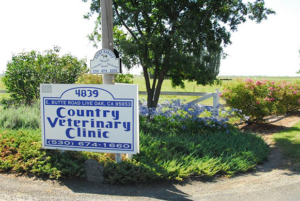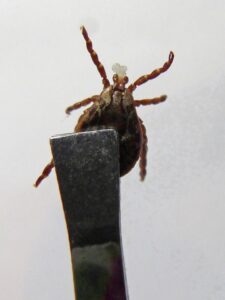As a dog owner, you have probably found yourself complaining about your dog’s bad breath. Many dog owners have had to deal with this issue. While it might seem harmless, it can signify a serious dental problem. Bad breath is a common symptom of oral disease.
Dogs can develop dental problems ranging from cavities to gum or periodontal disease. Canine periodontal disease is a condition that affects almost 80 percent of dogs by the time they turn three years old. It is important to understand the common dental problems in dogs and take steps to get ahead of them.
Canine Oral Health
Most dogs have strong, sharp teeth and very powerful jaws. Canines use their teeth to perform different functions ranging from eating to carrying objects and, of course, playing with toys. Dogs have the instinctive need to chew, and for this, they need healthy teeth.
Unfortunately, life and daily activities can often hurt a dog’s oral health. Dental problems are some of the most common health issues affecting dogs. You need to ensure that you protect your pet’s oral health just as you would yourself or any other family member.
Signs Of Dental Problems
Several signs can indicate that your dog has a dental problem. The signs include bad breath, teeth discoloration, inflamed gums, bleeding gums, and visible buildup of tartar. Other signs of dental problems in dogs are a swollen face, loss of appetite, difficulty eating, and constant pawing at the mouth.
Lethargy and excessive drooling can be signs of dental problems. If you notice blood spots on your dogs’ toys or beddings, it could signify a dental problem. It is important to realize that dogs will not often show signs of pain until it becomes very severe.
Tooth Decay And Gum Disease
Plaque and buildup of tartar can cause tooth decay and gum disease. Plaque is the bacteria-containing film that develops on the tooth surface. Plaque is responsible for the foul odor emanating from the dog’s mouth.
Failure to remove the plaque through brushing hardens the plaque, turning it into tartar. Brushing cannot remove tartar, thus, it requires professional dental cleaning. Tartar buildup damages teeth and results in gum irritation. Eventually, the dog will develop loose teeth and gum disease if not treated.
Periodontal Or Gum Disease
Periodontal disease occurs when plaque and tartar in the mouth cause bacteria to get under the gumline. The bacteria eat away at the gum tissue and erode the bone that holds the teeth. Periodontal disease begins as gingivitis or gum disease before progressing to the loss of soft tissue and bone surrounding the teeth. As the support structure for the teeth degrades, the teeth become loose, and eventually, they fall out.
Oral Infections And Tooth Fractures
One of the most common dental problems in dogs is oral infections. Infections occur when open spaces around the roots fill up with bacteria. The infection usually manifests as a tooth abscess.
Oral infections can also result from trauma. Tooth fractures are a common problem among dogs that tend to be powerful chewers. Chewing on bones and other hard objects can cause the teeth to develop fractures.
It is important to realize that tooth problems can lead to organ damage. If your dog has signs of dental problems, you need to visit the vet for an examination.
For more on common dental problems in dogs, contact Country Veterinary Clinic, Inc. at our office in Live Oak, California. You can call us at (530) 491-4500 today to schedule an appointment.



